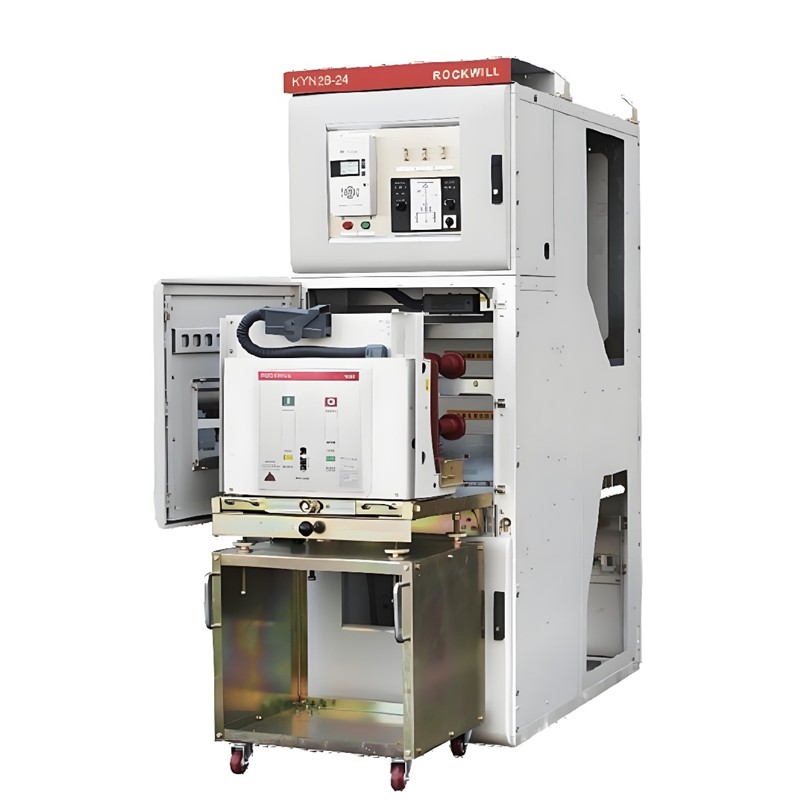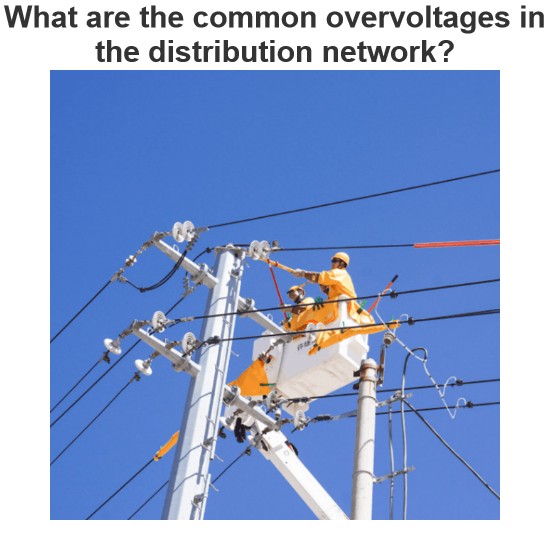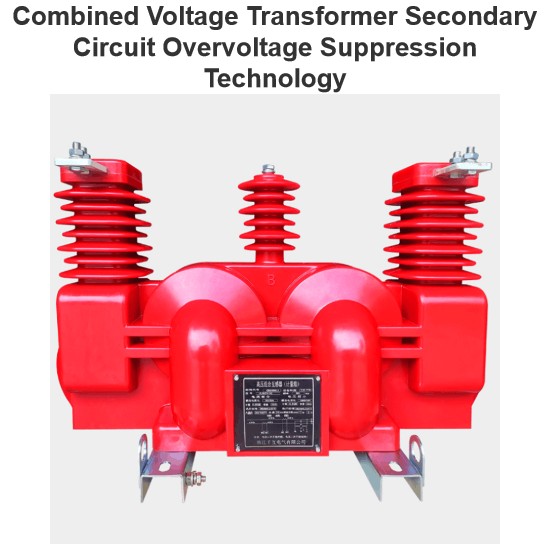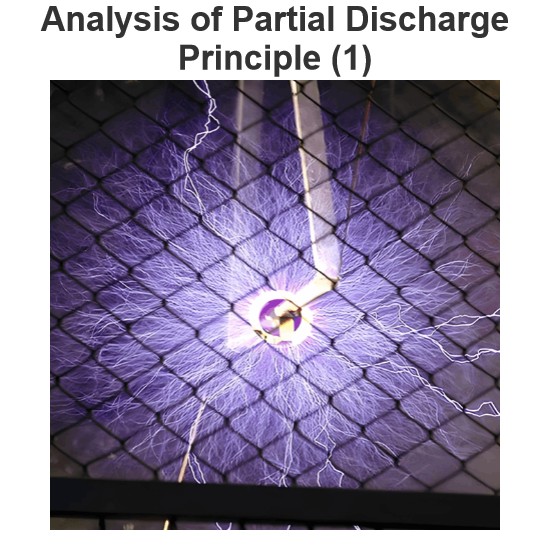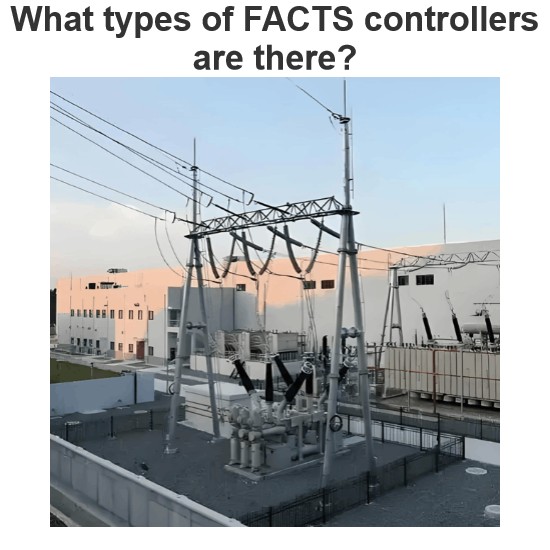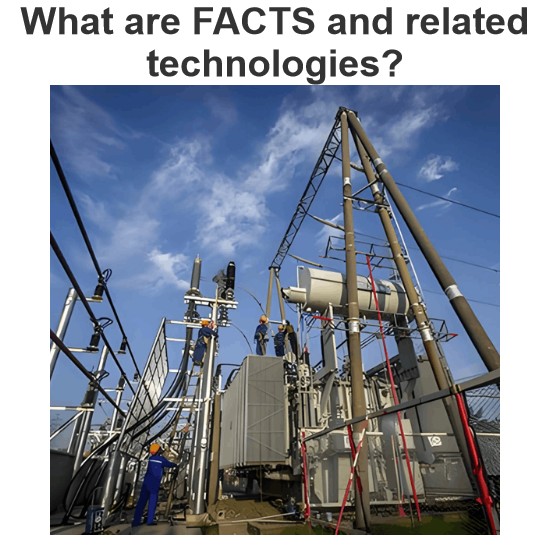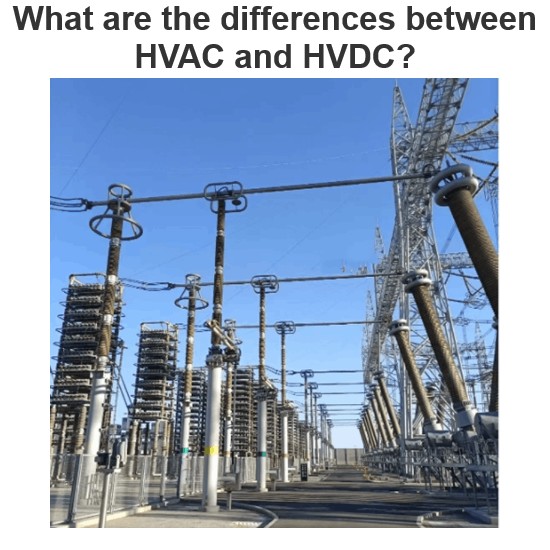| Brand | ROCKWILL |
| Model NO. | KYN28 indoor metal-clad withdrawable switchgear |
| Rated voltage | 12kV |
| Rated frequency | 50/60Hz |
| Series | KYN28 |
Description :
The KYN28 indoor metal-clad withdrawable switchgear(hereinafter short as switchgear) is a complete power distribution device for 3.6-24kV,3-phase AC 50Hz,single-bus and single-bus sectionalized system. It is mainly used for power transmission of middle/small generators in power plants; power receiving, transmission for substations in power distribution and power system of factories, mines and enterprises, and starting of large high-voltage motor, etc,so as to control, protect and monitor the system. The switchgear meets IEC298,GB3906-91.In addition to be used with domestic VS1 vacuum circuit breaker, it can also be used with VD4 from ABB,3AH3 from Siemens domestic ZN65A,and VB2 from GE, etc,it truly is a power distribution device with good performance.
Main function introduction:
Centralized (Draw-out) Layout
Armored Compartmentalization
Standardized Modular Design
Excellent performance
Flexible Maintenance
Technology parameters:
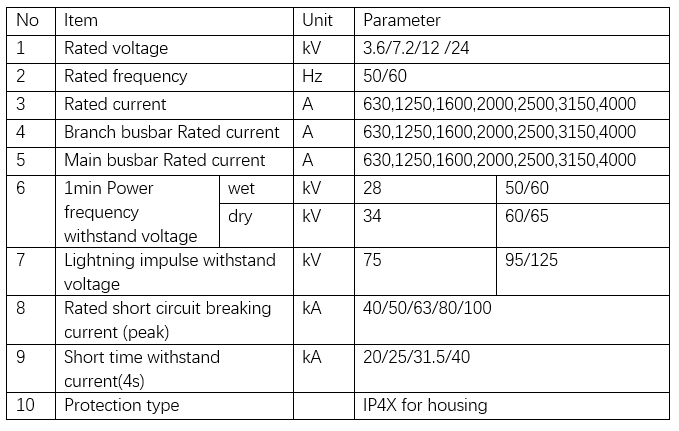
Device structure:
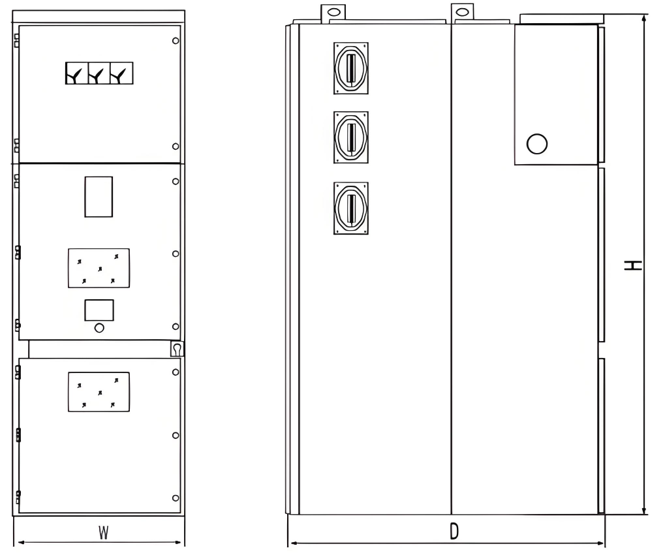
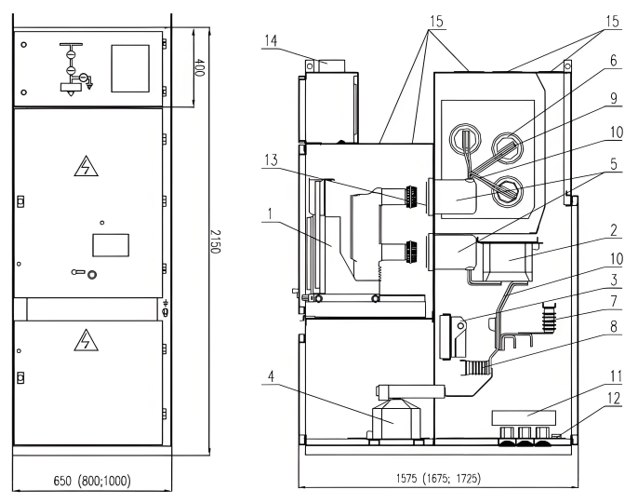
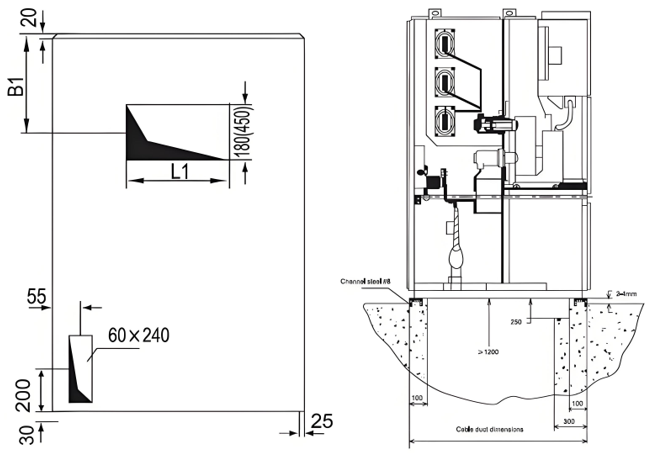
Photos of frontal view:


